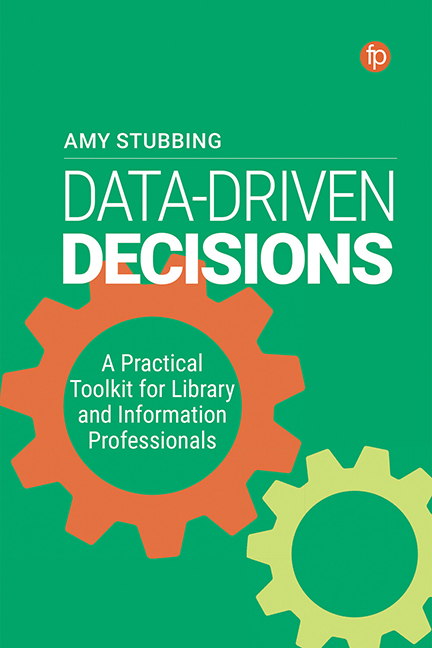Summary
Introduction
Leading nicely on from the significant amount of groundwork you did in the mapping chapter, this chapter we’re getting to the big stuff – analysing and drawing conclusions from your data. By the end of the chapter you will be comfortable and confident in making accurate and well-drawn conclusions from single sets of data and mapped data. The key areas we will explore are:
• what analysis is (page 57)
• how to analyse data (page 58)
• how to draw conclusions from data (page 62).
What is analysis?
The most important thing to cover first when looking at analysis is the difference between your analysis and your conclusion. They are extremely closely linked, and it's easy to confuse the two. You can think of your analysis and conclusion as the start and end of the same journey. Analysis is the act of processing your data, and of highlighting and pulling out the relevant data for conclusion, and your conclusion is where you use all of this to actually identify what it means.
Massaging your data
Massaging data can cover a whole host of tasks and changes to the data you may need to complete to be able to draw conclusions. We take any raw data and look at totalling, averaging and any other steps that enable us to draw conclusions. There are lots of facets to this process but, luckily, we’ve actually already undertaken some initial massaging on our data in previous chapters. Let's quickly recap what we’ve already covered:
• laying out data and putting in place totals and subtotals
• translating and normalising to make data comparable
• all of the groundwork needed to create visualisations for your map.
The massaging that we’ve already covered was in the context of setting up data collection and mapping data, so there will be other instances where you need to do this same work, for example, for automated data, analysing single data sets or using the same data in multiple analyses.
Averaging
One of the aspects of data massaging which we haven't covered yet is averaging. We won't be going into all the ins and outs of averaging. We’re instead going to stick to the basics, which you will use most of the time when analysing data.
- Type
- Chapter
- Information
- Data-Driven DecisionsA Practical Toolkit for Librarians and Information Professionals, pp. 57 - 68Publisher: FacetPrint publication year: 2022



